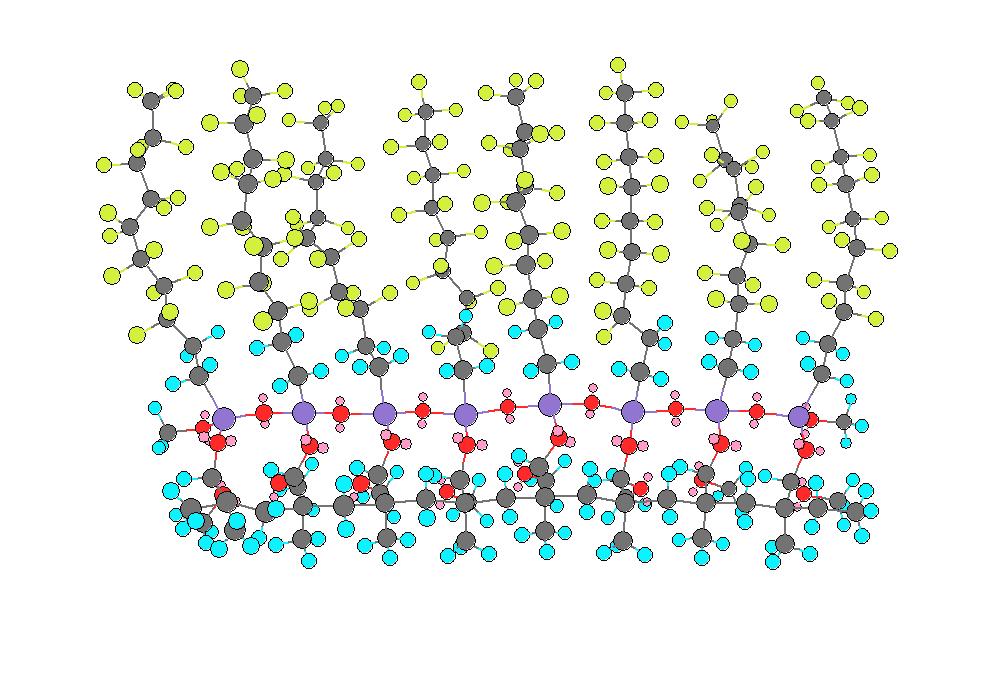662g Hydrophobic Coatings Using a Chamberless Atmospheric Pressure Plasma Process
A new process is demonstrated using low-temperature atmospheric pressure plasma to obtain hydrophobic thin films from fluoroalkylsilane precursors on glass and acrylic polymer substrates. An atmospheric pressure plasma is generated at 150 W of RF power using 30.0 L/min of helium and 0.70 L/min nitrogen gases, and is used to polymerize or “cure” the liquid precursor film into a permanent, hydrophobic coating having average water contact angles in excess of 100°. The contact angles of glycerol and diiodomethane are obtained and the Owens, Wendt, Rabel, and Kälble (OWRK) method is used to approximate the total and polar component to the surface energy which were found to be 11 and 1.2 dyn/cm, respectively. These coatings were found to have a relatively low surface roughness and are highly transparent to UV/visible light. The coatings maintained their hydrophobic properties after repeated acetone washing and a year of aging in humid air. The hydrophobicity of these coatings on acrylic were found to depend on pretreatment of the acrylic surface with atmospheric plasma at similar conditions, but with 0.44 L/min of oxygen in place of the nitrogen gas.
